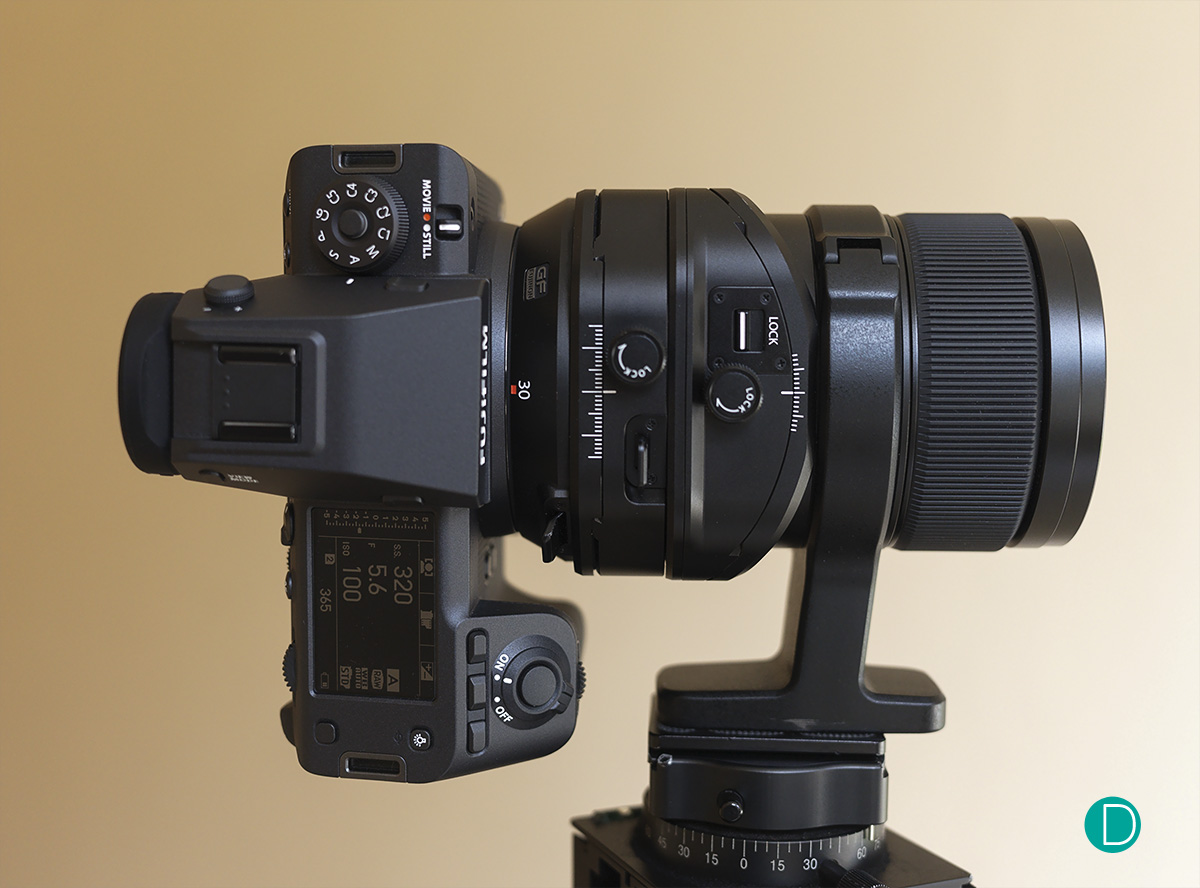Ah I was under the impression that you already own H lenses. That was my case. But if you didn’t, I would think there are other options. Mamiya lenses work well. As do Pentax, with their respective adapters (non Fuji). And these are inexpensive. I haven’t used the Canon TS-E, but I understand works well too.
With adapted lenses, in the studio, you are stuck to Fuji’s 1/125s flash sync. But on the H lenses, you have 1/800 which I feel is an advantage in product work. Also, the H lenses are being traded for cents to its former retail dollar, so are relatively inexpensive these days. I remember my HC120macro was some USD6k new, but you can get a reasonable condition example the on eBay for USD1k+ these days. I have the 28, 80 (very sharp, small, and inexpensive. Often overlooked), 120 macro for my work, which is mostly macro, with some portraits and architecture. If I start from a fresh sheet of paper today, I would get the GFX 100 II with both the GF T/S lenses. And maybe add a GF80 for portraits. I will need the 18mm extension tube for the 110 T/S for my macro. But this setup is all native Fuji, and is expensive. But it works very well, and I have tried it.

The HTS does not add crop, but you get a 1.5x focal length multiplier…that is a 50mm lens has the same field of view equivalent of 75mm. Which will look like a 59mm full frame field of view on the GFX. And yes it does get quite bulky with the HTS. I also found the HTS cumbersome to work with. As others have mentioned, if you chose GFX/HTS, the adapter and HTS is so large that you may be better off with a small setup like the Cambo Actus, albeit more expensive. The Cambo will also be more flexible. Of course the advantage of the HTS is that it is positionally aware, and transit the shift and tilt data to the back. It does this on the H bodies, but I am not sure if it does this through the Fuji adapter to the GFX. I don’t have the HTS anymore.
regarding if clients will notice. It depends.. I don’t know your clients. But most will not. Mine do not notice the difference. Most of the art directors in magazines I work with, and the watch manufacturers who I shoot for, do not care what camera or lens I shoot with. But I do think gear makes a difference. To the photographer more so than to the buyer. If the gear makes me feel good shooting, I think I make better photographs with it than gear which is uninspiring to me.
regarding actuations on the H lenses, I think it is difficult to judge. I have seen shutter actuations in the mid 10s of thousands…like 50k or 75k still going strong and work well. But I have also seen shutter failures with 10k actuations. I think these shutters are designed for high actuations, as these are made for professional environments, but being mechanical, it can fail anytime.
Thank you P.Chong
Your answer actually helps
If I go FUJI route, which Hass. lenses do you recommend for product and other portraits commercial photography? except the ones that I mentioned to work with TS-E (24,28,35,50,80,110)?
If i'm to adapt HTS and Hass. to Fuji adapter, i adds 2 additional chains between and get's bulky as well as 2 crop factor(from HTS and adapter), while on Hass is just only HTS(1 crop factor only).
Maybe it's a good option then to go Laowa lens 20mm ts-e made for fuji?
Do you think my clients will see the difference between my current 45mp full frame?
How much shutter actuations of Hass lens is OK for second hand, to still use it for long time?


